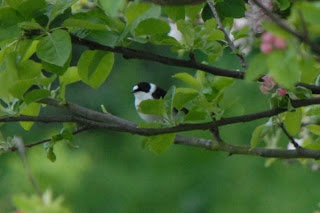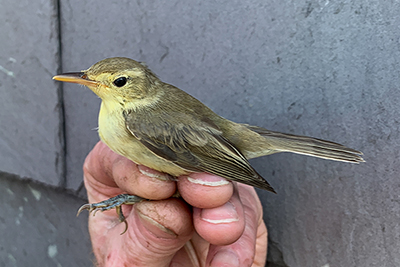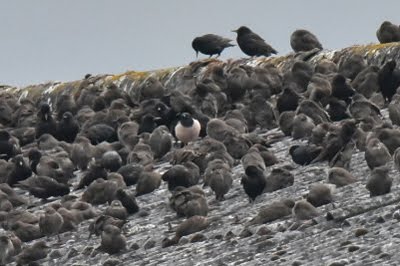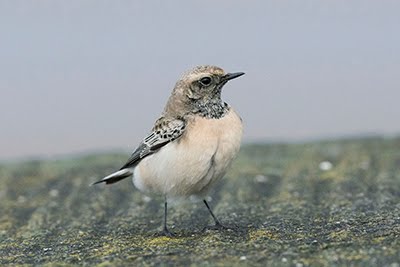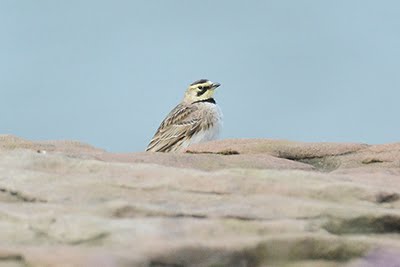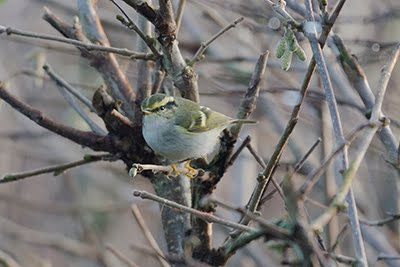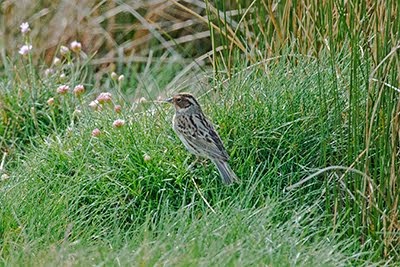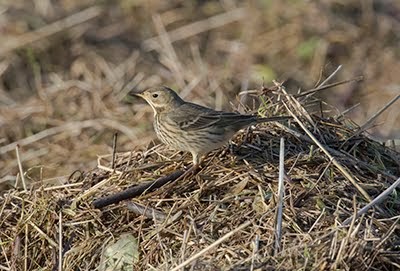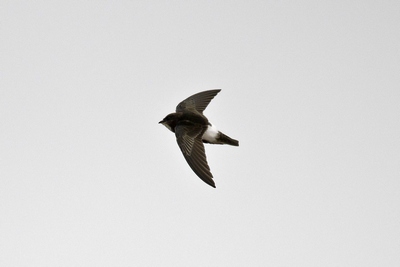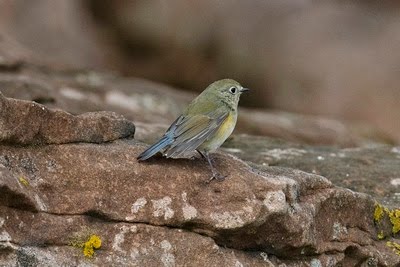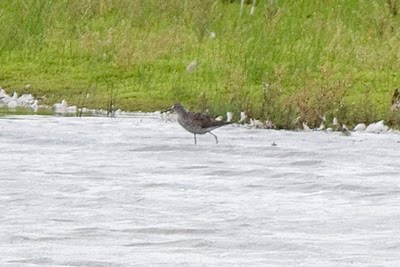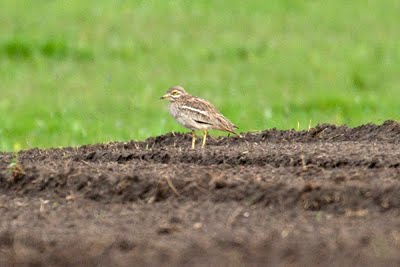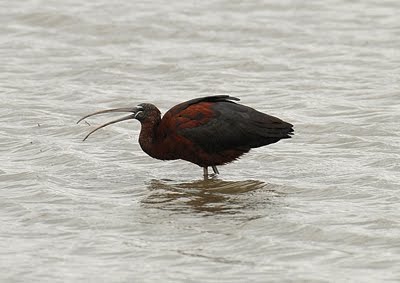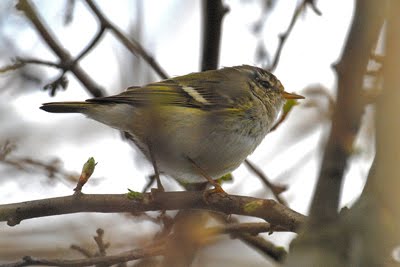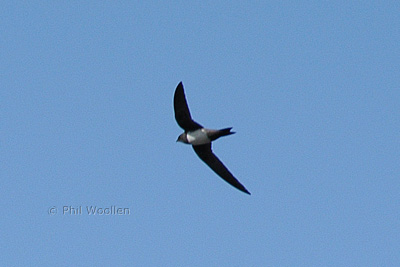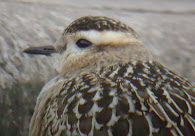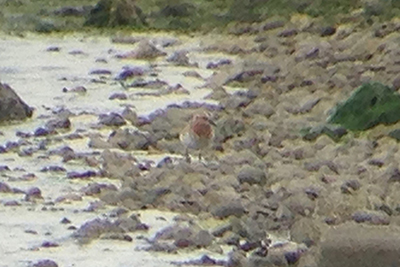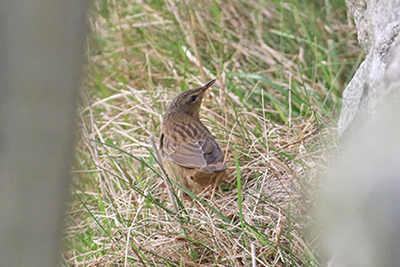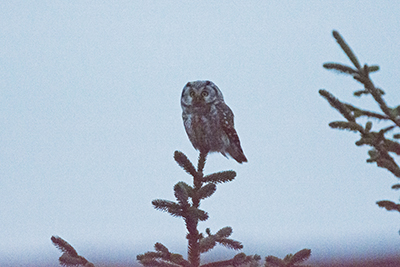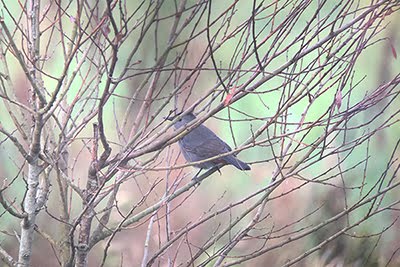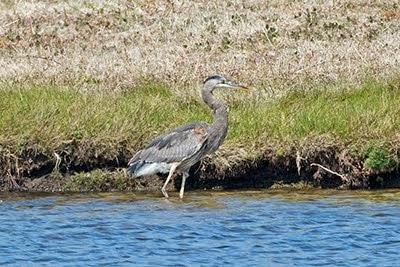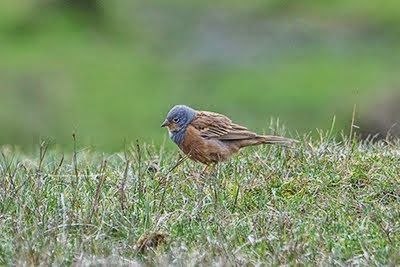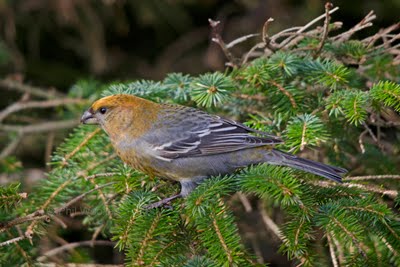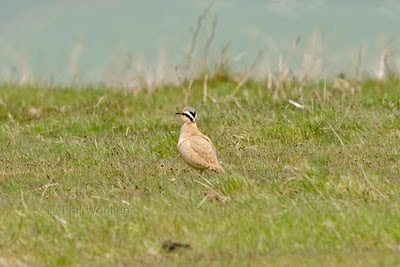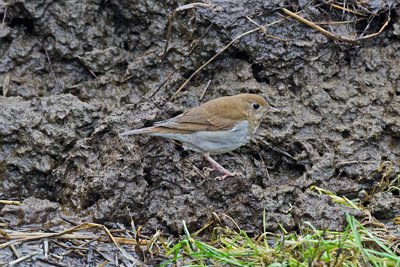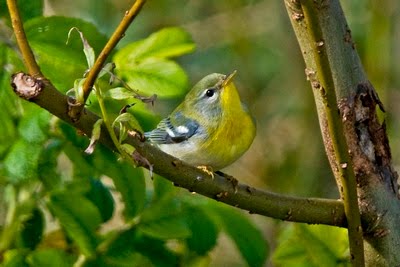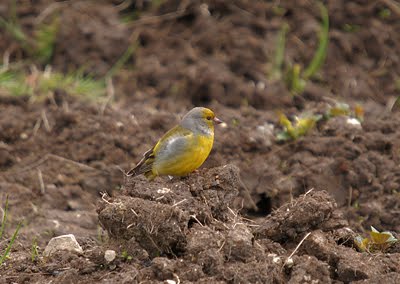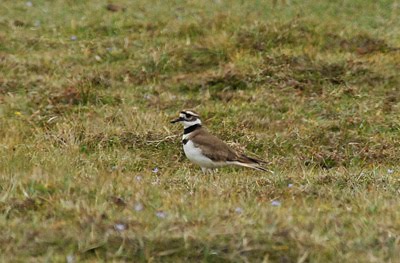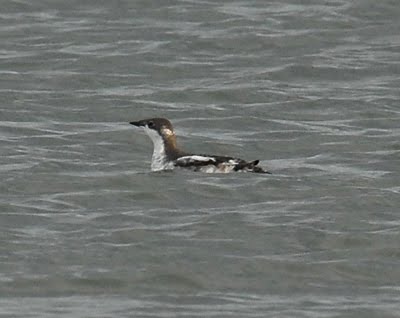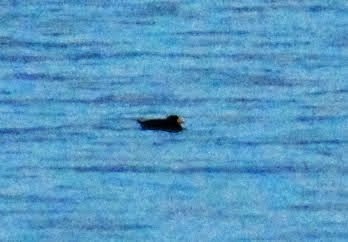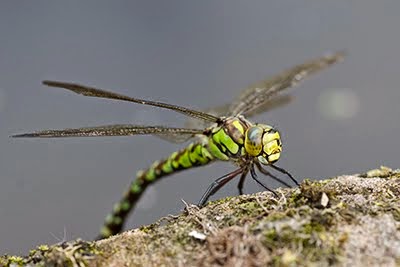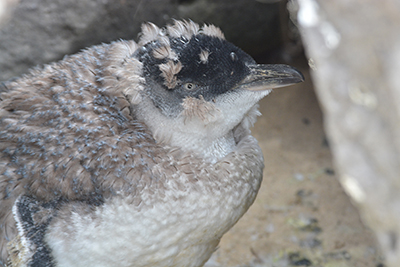Second new bird of the year was Hampshire’s long staying White-throated Sparrow. After missing a Cheshire one in 2004 by a day I was keen to catch up with this American beauty. So keen I went alone on a Bank Holiday Monday arriving before first light and back home by midday.
Spring saw another bogey bird nailed – Great-spotted Cuckoo. Another long wait before it was finally relocated. A business trip to Birmingham was extended on news of a Collared Flycatcher at Portland. A long drive there but a euphoric drive home. Whilst there news broke of a Crested Lark at Dungeness so the trip was made a couple of days later with my Shropshire friends after which I jumped cars and returned to Cheshire with Malc ‘homeless’ Curtin who we found kipping in his car when we arrived at firstLight.
A major highlight of the year was our trip to S Africa with Al, Mark & Eddie. I won’t forget either the pelagic trip or the shark diving. A great trip, some brilliant birds and brilliant company.
Our annual trip Shetland planned for September was rudely interrupted y the presence of a Sandhill Crane on Orkney so my flights were changed and I diverted to Kirkwall (whilst Flybe somehow managed to route my baggage to Sumburgh despite me handing my original documents in to the check in staff at Aberdeen Airport and my boarding pass clearly showing Kirkwall). The crane showed well but the highlight for me was re-finding the Yellow-billed Cuckoo identified from photographs posted on the local bird news forum. Shetland duly delivered with a superb Taiga Flycatcher.
Widely predicted though it was the autumns Eastern-crowned Warbler still caught many on the hop. Staying for two full days after its initial discovery and subsequent re-identification we were there on day one. An easy twitch this one. Park, walk across a mown grassy area to the quarry. Sit down and view. Forget Joe winning the X Factor this bird is what really put South Shields on the map this year!
More locally Cheshire provided the goods in the form of an early January Hawfinch at Marbury. A Red Kite over the garden was another memorable occasion whilst regular visits to Hilbre have always been enjoyable. Other county ticks included Sooty Shearwater, Ring-necked Duck, Black-throated Diver, Slav Grebe, Stone Curlew, American Golden Plover, Terek Sandpiper, Red-rumped Swallow (a major relief after missing the bird in 2008). Quite a list! Other good county records include Allan’s Red-necked Phalarope found whilst we were out birding on the N Wirral coast and good numbers of Mealy Redpolls in Stanney Woods – twitched by some of Shropshire’s finest, whilst inner Marsh Farm weighed in with a brace each of Pectoral Sandpipers, Long-billed Dowitchers and Wood Sandpipers!

BTO Atlas work has kept me busy in the field and always results in some surprises proving once again you’ve got to be in the field to find stuff (and not just cow sh*t). A colour ringed Alba wagtail discovered in December turned out to be from Strathcldye, whilst four Crossbills feeding on Ash seeds on Boxing Day on our housing estate were a fantastic sight but had disappeared by the time I’d returned with the camera.
Above all the year has proven to me that birding is a sociable hobby made more enjoyable when birds can be shared with friends. Long may it continue!
Here’s to 2010.



